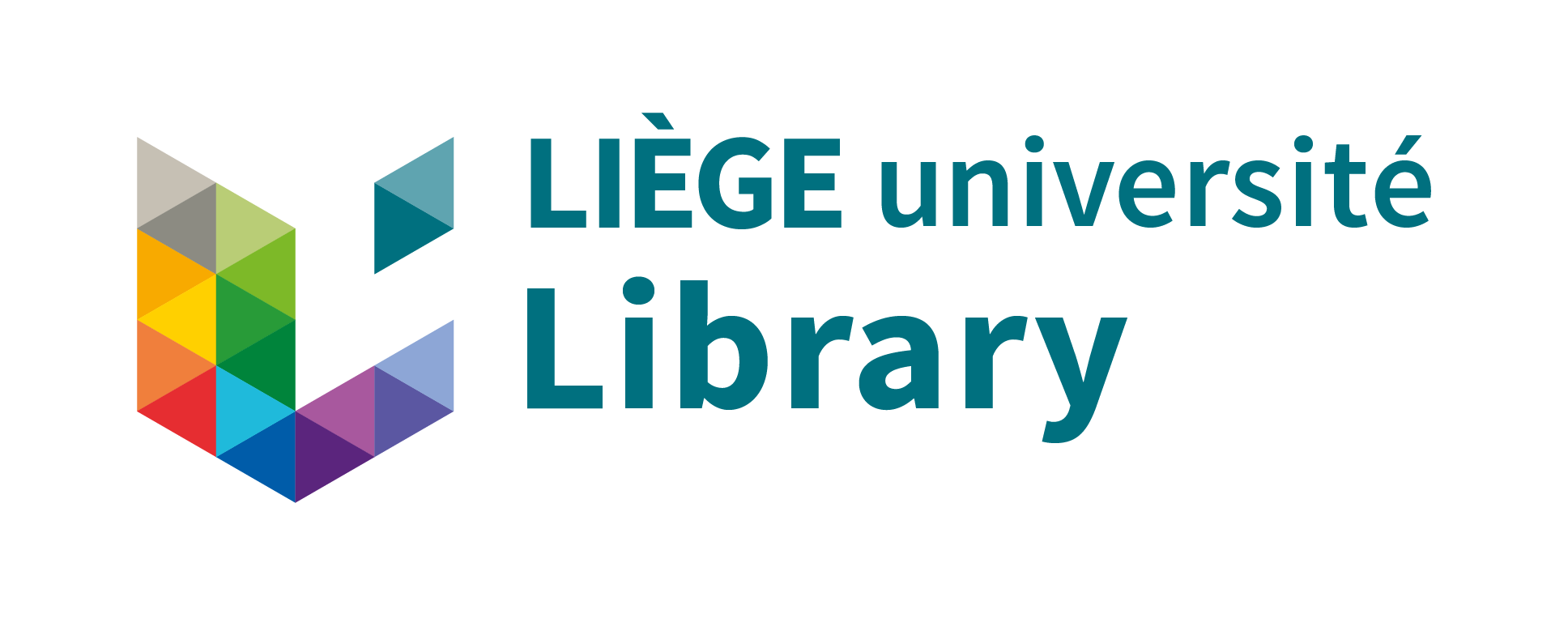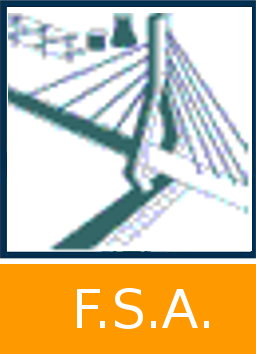Master thesis and internship[BR]- Master's thesis : Study of Photon Recycling in a Hyperspectral Visible/Infrared Imager[BR]- Integration Internship
Ransy, Bastien 
Promotor(s) :
Habraken, Serge  ;
Moreau, Vincent
;
Moreau, Vincent
Date of defense : 27-Jun-2022/28-Jun-2022 • Permalink : http://hdl.handle.net/2268.2/14546
Details
| Title : | Master thesis and internship[BR]- Master's thesis : Study of Photon Recycling in a Hyperspectral Visible/Infrared Imager[BR]- Integration Internship |
| Translated title : | [fr] Etude du Recyclage de Photons dans un Imageur Hyperspectral Visible/Infra-rouge |
| Author : | Ransy, Bastien 
|
| Date of defense : | 27-Jun-2022/28-Jun-2022 |
| Advisor(s) : | Habraken, Serge 
Moreau, Vincent |
| Committee's member(s) : | Kerschen, Gaëtan 
Clermont, Lionel 
|
| Language : | English |
| Number of pages : | 82 |
| Keywords : | [en] Photon recycling [en] Spectral response matrix [en] Regularization |
| Discipline(s) : | Engineering, computing & technology > Aerospace & aeronautics engineering |
| Institution(s) : | Université de Liège, Liège, Belgique |
| Degree: | Master en ingénieur civil en aérospatiale, à finalité spécialisée en "aerospace engineering" |
| Faculty: | Master thesis of the Faculté des Sciences appliquées |
Abstract
[en] This study evaluates the possibility of taking advantage of the second-order diffraction efficiency
to increase the spectral range of a hyperspectral imager. The target is to cover the VNIR-SWIR
range. This so-called second-order recycling involves the multiplication of noisy measurements
with the inverse of a spectral response matrix, which maps the wavelengths constituting the
observed scene to those measured on the detector. This matrix is ill-conditioned when the
wavelength minimizing the first-order diffraction efficiency is part of the incident light. This
leads to an amplification of the noise in the measurements during the inversion process. To
prevent this, regularization methods are implemented but they do not enable an accurate
reconstruction of the incident spectrum at the blaze wavelength and its half. Two solutions are
explored. The first consists in reducing the blaze wavelength such that the first-order efficiency
minimum is out of the range. It proves successful, at the expense of a reduced spectral range. To
overcome this issue, the second solution involves the design of a dual-blazed grating to increase
the bandwidth of diffraction efficiency. Those solutions are shown to enable a retrieval of the
radiance with a relative error below 5% for most of the spectrum, through direct numerical
inversion.
The correction of out-of-band transmission is addressed by assessing its effect on the inversion
problem. The study reveals that it does not further complicate the inversion, demonstrating
that second-order recycling is feasible in realistic applications.
By changing some optical parameters, the regularization methods are shown to be useful when
the size difference between a pixel and the slit gets larger, thus extending the set of optical
configurations for which second-order recycling is feasible. The correction of higher-orders is
discussed and found to be feasible only for the single-blazed design, but on a reduced spectral
range.
File(s)
Document(s)

 MasterThesis_BastienRANSY_S174413.pdf
MasterThesis_BastienRANSY_S174413.pdf
Description:
Size: 4.05 MB
Format: Adobe PDF
Annexe(s)
Cite this master thesis
The University of Liège does not guarantee the scientific quality of these students' works or the accuracy of all the information they contain.


 Master Thesis Online
Master Thesis Online




